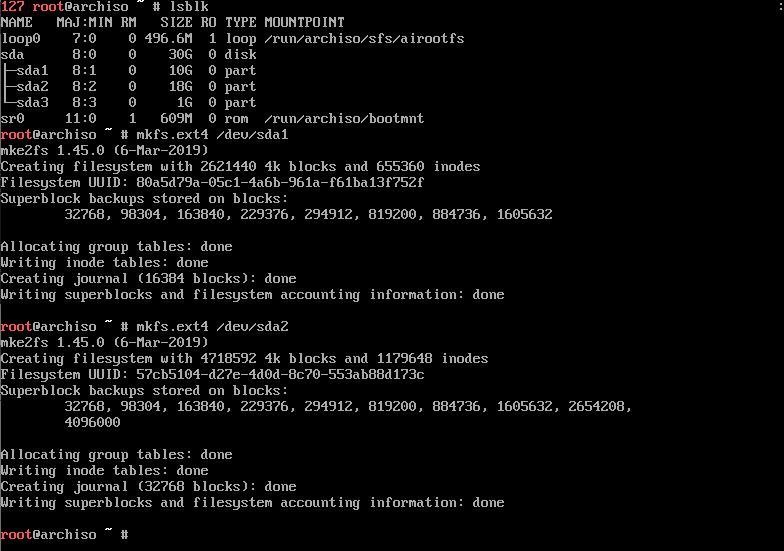
Use the following commands to check interface status and IP addressing: ip linkġ: lo: mtu 65536 qdisc noqueue state UNKNOWN mode DEFAULT group default qlen 1000 If you get an error indicating that the directory does not exist, the system did not boot using UEFI, and you need to enable UEFI boot in VM settings. List contents of the efivars directory to verify boot mode is UEFI: ls /sys/firmware/efi/efivars

Install steps Check system capabilities Verify boot mode Mount the ISO image in the optical drive, start the virtual machine, and boot into the live Arch Linux installation distro.

I'm going to trust that you have a good understanding of your hypervisor of choice for this bit =) See the Acquire an installation image and Verify Signature sections of the Arch Linux installation guide for instructions on how to retrieve and verify the current version of Arch Linux. The missing subsections deal with how to connect this new virtual disk to the new virtual machine and set up the UEFI stuff.Pre-install steps Download and verify Arch Linux mediaĭownload the current version of Arch Linux to a location on your filesystem. The instructions tell me "In order to boot the virtual machine in UEFI mode, a dedicated virtual disk for the EFI System Partition must be created" and then give me the command for doing that. The last three subsections, though, are empty. it's incomplete! Going to section 10: Run a Windows partition in VirtualBox, I can find precisely the instructions that I need.

I just found a wonderful page on the arch wiki.Įxcept. Following the standard guides and what I did before results in the "no bootable medium" error - so I don't have things set up correctly. I've done this in the past, but the other way around (I ran a physical ubuntu install from within windows). I've been trying to run my Windows 10 install in Virtualbox. I've got a dual-boot laptop with Windows 10 as the other OS this setup is working perfectly.


 0 kommentar(er)
0 kommentar(er)
